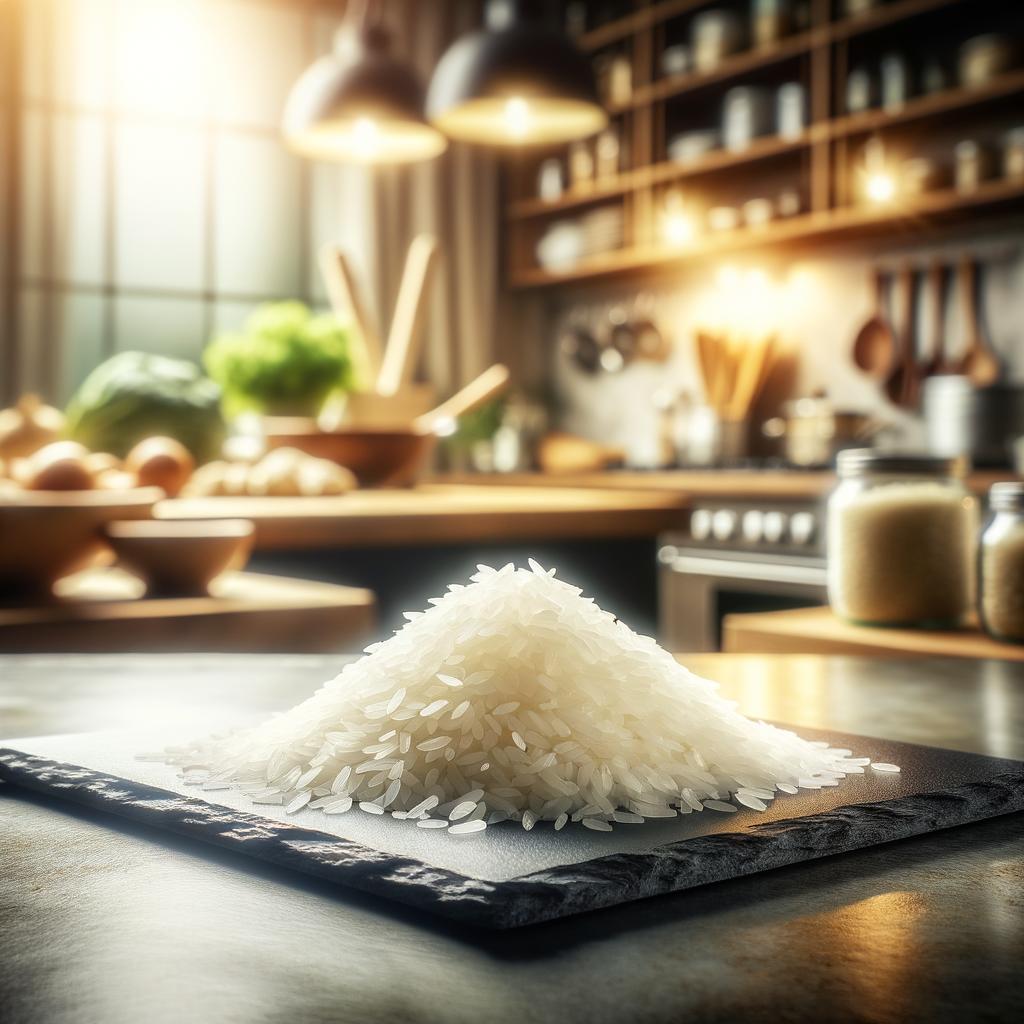Rice Paper

Description
Rice paper, a beautiful culinary canvas, is an ethereal ingredient that has been a cornerstone in Asian cuisine for centuries. Its delicate, translucent appearance belies a texture that's surprisingly robust and resilient, capable of holding a variety of fillings without breaking. Made from rice flour and water, it is thin and circular, often with a slightly grainy feel. When dry, it possesses a brittle texture, but once soaked in water, it transforms into a pliable and slightly sticky sheet. Its flavor is subtly sweet and starchy, providing a neutral backdrop that allows the flavors of the ingredients it envelops to shine through. Unlike other wrappers, rice paper is gluten-free, which makes it a unique and versatile ingredient for those with dietary restrictions.
Primary Uses
Rice paper is widely used as a wrapper for spring rolls, both fresh and fried, in Vietnamese cuisine. It's also a key component in Thai and Chinese culinary traditions, used in dishes like summer rolls and dim sum. Beyond its culinary uses, rice paper has found a place in art and craft, where it is used for calligraphy, painting, and even in the making of lanterns due to its translucent quality.
History
The history of rice paper is steeped in the culinary traditions of East Asia, particularly Vietnam and China. It is believed to have been first made in China during the Tang dynasty, an era known for its cultural and culinary sophistication. Over time, its use spread to other parts of Asia, each region adding its own unique twist to the ingredient. In Vietnam, for instance, rice paper is often used in a dish called 'bánh tráng nướng', also known as Vietnamese pizza. There's an old Vietnamese folklore that tells of a poor farmer who invented rice paper to win the heart of a princess. Whether the story is true or not, it adds a romantic allure to this humble ingredient.
Nutritional Information
Rice paper is a low-calorie, fat-free food that's also gluten-free, making it an excellent choice for those with dietary restrictions. It's a good source of carbohydrates, providing energy for the body. While it doesn't offer a significant amount of vitamins or minerals, it's often filled with a variety of fresh, nutrient-rich ingredients like vegetables, herbs, and lean proteins, making it part of a balanced meal. Compared to wheat-based wrappers, rice paper is lighter and lower in calories, yet equally satisfying.
As a food historian, chef, and nutritionist, I am continually fascinated by ingredients like rice paper that have such a rich history and versatility. It's a testament to our shared culinary heritage and the enduring power of food to bring people together.

